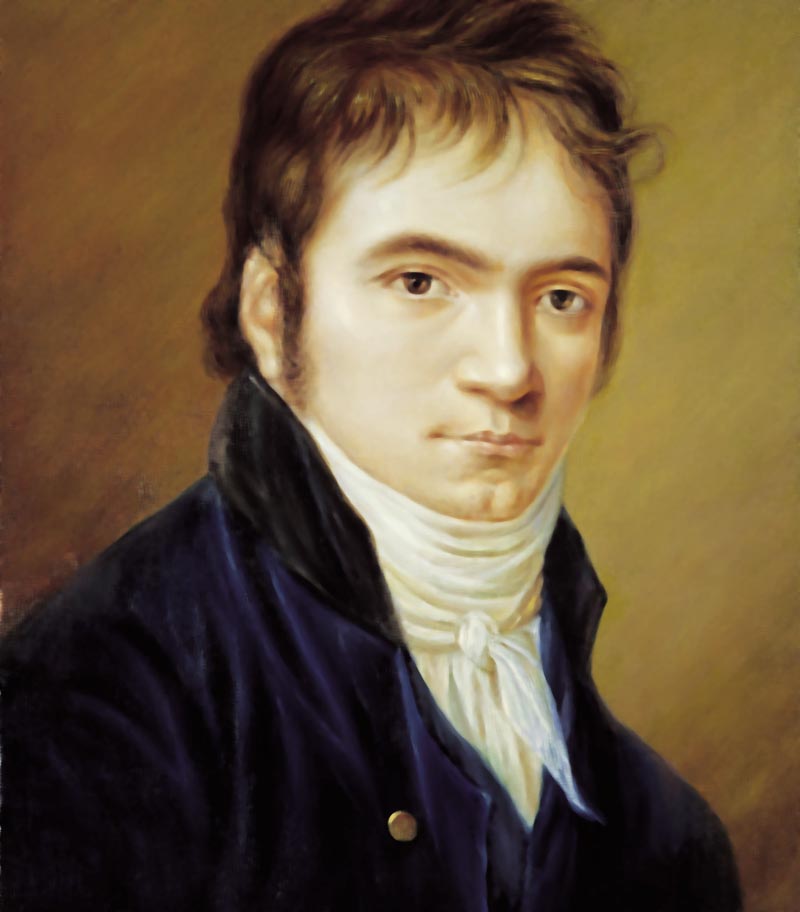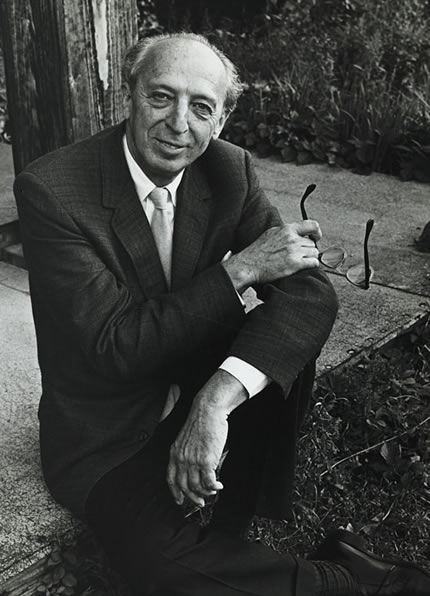"Art! Who comprehends her? With whom can one consult concerning this great goddess?”
AUTHOR: Ludwig van Beethoven


MEANING OF THE QUOTE:
“Great art can only be determined by each individual’s
personal opinion.”
COMPOSER
COPLAND
COPLAND
While listening to El Salόn México, we can visualize a picture of Mexico.
Copland is in a Mexican saloon playing a piano while a cat appears to dance
across its top. His audience is comprised of a man seated at the bar wearing a
wide sombrero and a red serape, a cowboy dressed in boots, hat, and holster
standing to his right, and the bartender sporting a handlebar moustache. This
is really a picture that a young singer, Jimmy Turpin, sent Copland.
 |
| El Saloon Mexico, by Ruth Keahey, 1944 http://simanaitissays.com/2013/09/13/copland-and-culture/ |
Copland provided the following notes
for the piece:
During my first visit to Mexico in the fall of 1932, I conceived of writing a piece
based on Mexican themes. I suppose there is nothing strange in such an idea.
Any composer who goes outside his native land wants to return bearing musical
souvenirs. In this case, my musical souvenirs must have been very memorable,
since it wasn’t until 1933 that I began to assemble them in the form of an
orchestral work.
From the beginning the idea of writing a work based on Mexican melodies was
connected in my mind with a popular dance hall in Mexico City called Salón
México. No doubt I realized, even then, that it would be foolish for me to attempt
to translate into musical sounds the more profound side of Mexico; the Mexico of
the ancient civilization or the revolutionary Mexico of today. In order to do that
one must really know a country. All I could hope to do was to reflect the Mexico
of the tourists, and that is why I thought of the Salón México. Because of the “hot
spot” one felt, in a very natural and unaffected way, a close contact with the Mexican
people. It wasn’t the music I heard, but the spirit that I felt there, which attracted me.
Something of that spirit is what I hope to have put into my music.
I followed no general rule in the use of the themes that I treated. Almost all of them
come from the Cancionero Mexicano by Francis Toor, or from the erudite work of
Ruben M. Campos, El Folklore y la Música Méxicana.
To both authors I owe thanks. Probably the most direct quotation of a complete melody
is that of El Mosco, which is presented twice, immediately after the introductory
measures—in which may be found fragments of El Palo Verde and La Jesuita.
 |
| http://sophiehogarth.com/work-for-carnegie-hall |
The work, begun by Copland in 1932 and completed in 1936 is a depiction of an
eponymous dance hall in Mexico City and carries the subtitle, "A Popular Type
Dance Hall in Mexico City" although the music is not based on dance hall songs
but on music basically from three Mexican folk tunes from two collections of music
(El Folklore y la Musica Mexicana edited by Ruben Campos and Cancionero
Mexicano illustrated by Rufino Tamayo and published by Frances Toor) he received.
The three most prominent songs Copland used are El Palo Verde (The Green Stick),
La Jesusita (The Little Jesus), and El Mosco (The Fly), but Copland makes use of at
least six other folk songs: El Malacate, Camino Real de Colima, Corrido de Rivera,
Corrido de Lucio, El Mosquito, and El Curripiti. Under the direction of
in 1937 the Mexico Symphony Orchestra gave the piece's first performance
and the piece before being premiered in the U.S. in 1938.In 1947 Copland
adapted the work for the movie "Fiesta."
El Salón Mexico
From the movie "Fiesta"
Starring Ricardo Montalban
Copland stated:
“My purpose was not merely to quote literally,
“My purpose was not merely to quote literally,
but to heighten without in any way falsifying
the natural simplicity of Mexican tunes."
The work consists of an introduction and four major segments, alternating
slow-fast-slow-fast. A trumpet solo, a tune called El Mosco following the
introduction is the longest quoted melody. Then a slow "Mexican hat dance"
segues into a lyrical, broad melody that ends with a repeated trumpet call,
announcing the second, faster segment. This builds to a crashing close,
followed by the so-called "siesta" section, introduced by a solo clarinet and
violin. Lyrical, "sleepy"melodies alternate, followed by an insistent, rocking
melody that gradually increases in tempo. The finale builds in rhythmic
"I present the folk tunes simultaneously in their original keys and rhythms.
The result is a kind of polytonality that achieves the frenetic whirl I had in
mind before the end, when all is resolved with a plain unadorned triad."



%2BSalon%2BMexico%2C%2B1940.jpg)
